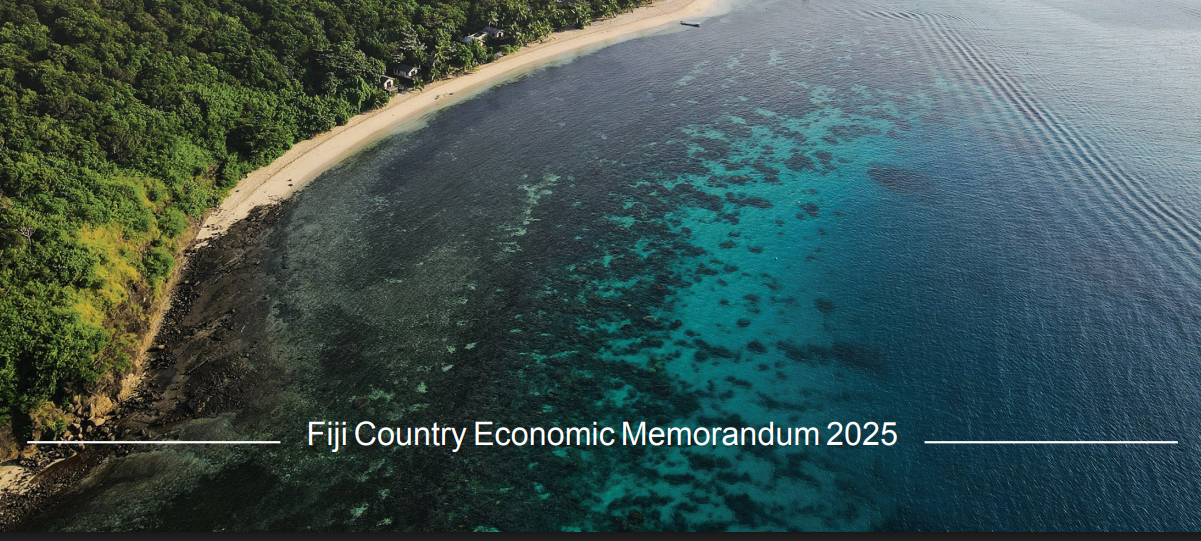Fiji’s population growth has slowed sharply and its labour force participation — especially among women — remains low, posing long-term challenges for economic growth, according to the World Bank Fiji Country Economic Memorandum released last week
The report notes that Fiji’s population growth fell from 0.7 percent between 1991 and 2012 to just 0.09 percent during 2013–19, and is now in decline. Fertility rates have dropped from 3.4 to 2.5 births per woman, while outward migration remains high.
“Although net migration has improved, it is expected to remain negative through 2050,” the report stated.
Fiji’s working-age population (15–64) has increased, but growth is tapering off, while the elderly population (65+) is rising by 2.8 percent annually, suggesting an aging trend.
“The combination of lower fertility and higher life expectancy means Fiji faces the demographic challenges of an aging population and a shrinking labour base,” the World Bank warned.
Labour force participation (LFP) has also slipped, from 60.9 percent in 1991 to 59.1 percent in 2021. The decline is largely due to falling male participation, while women’s LFP has remained stagnant despite recent improvements.
“Fiji’s female labour force participation, at around 40 percent, is among the lowest in the region,” the report said. “This constrains growth and results in a misallocation of talent.”
The World Bank suggested that increasing women’s participation and addressing skills gaps could help offset the impacts of demographic aging and strengthen Fiji’s long-term economic potential.



